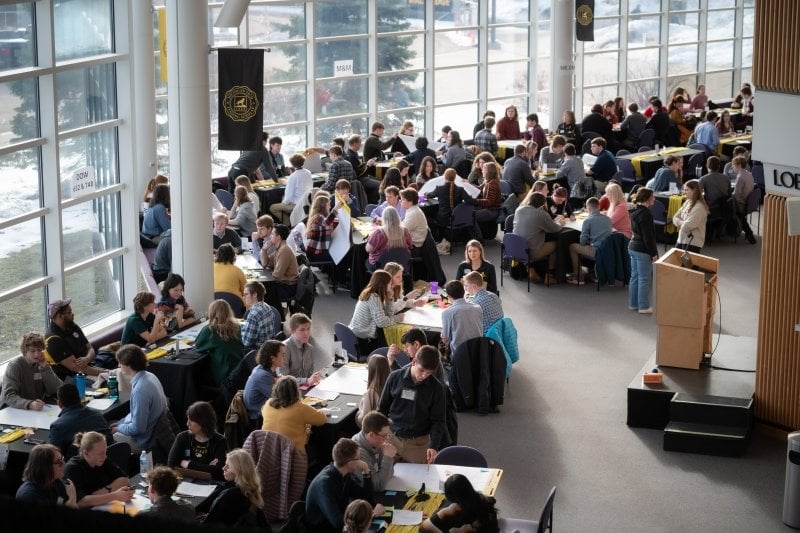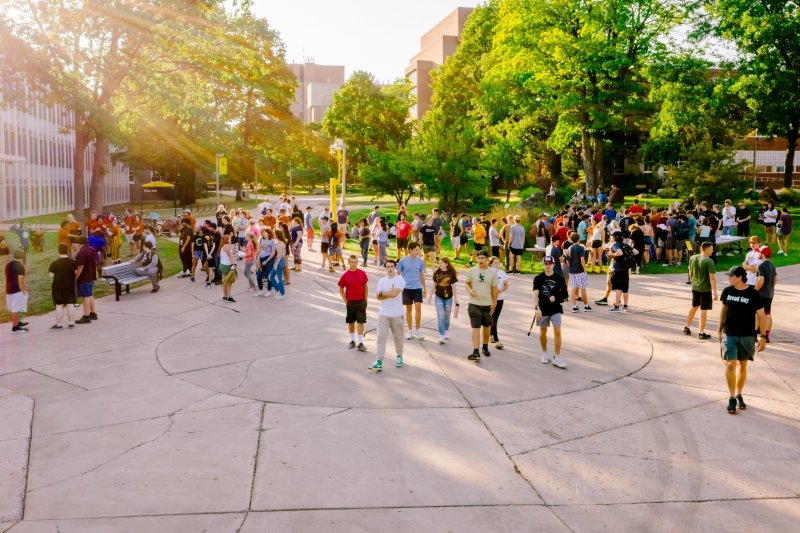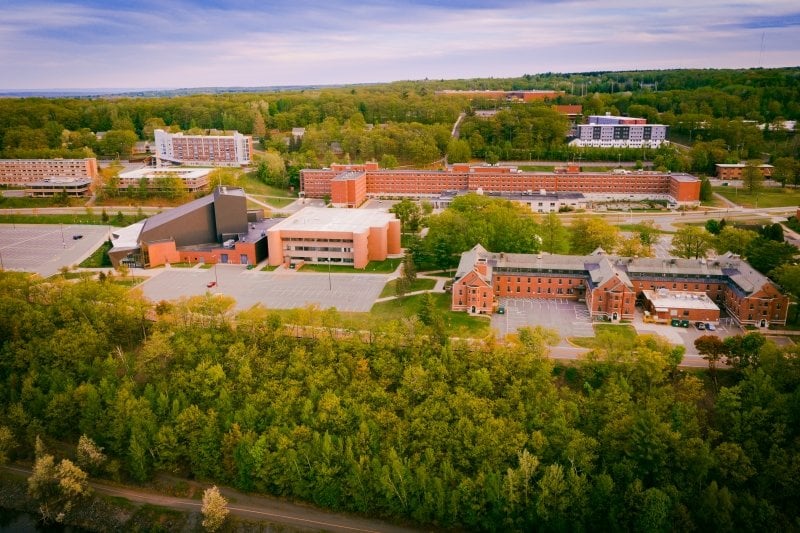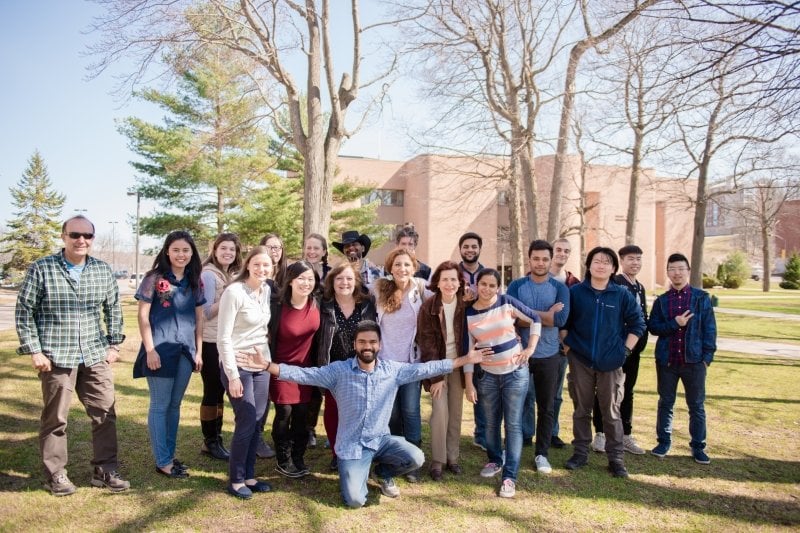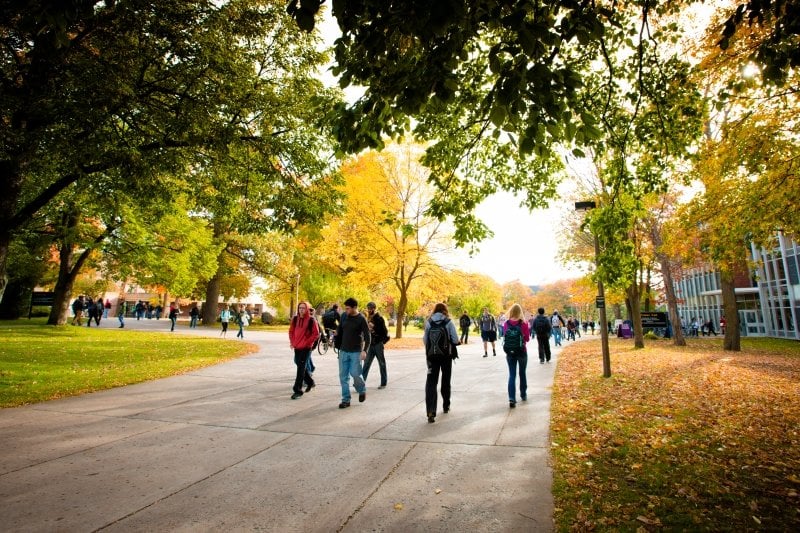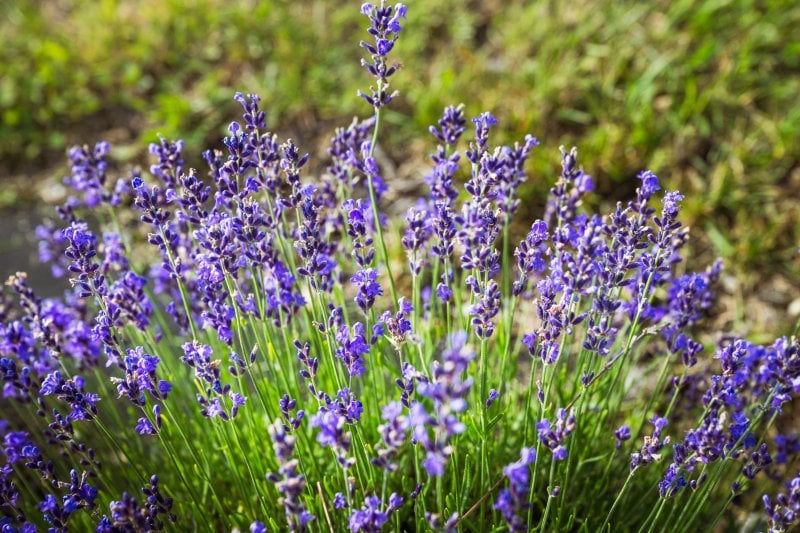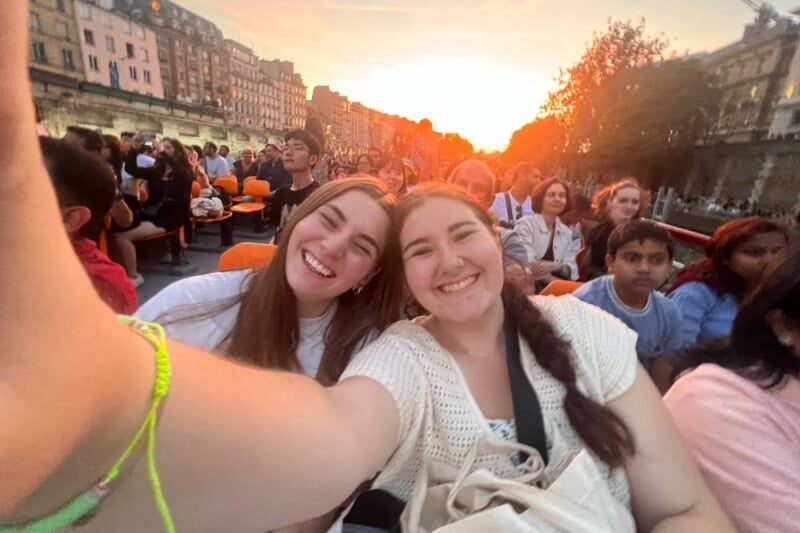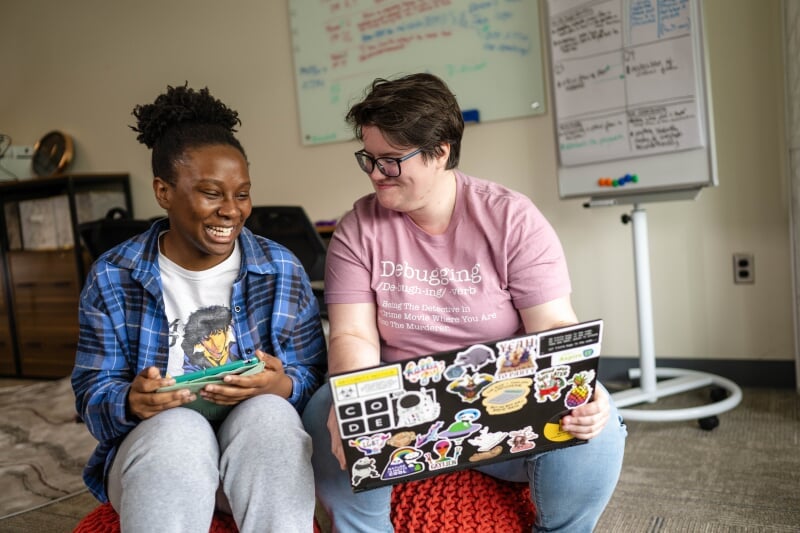Student Affairs at Michigan Technological University includes a variety of departments, staff members, and programs, but our focus on student success is single-minded and unwavering. Our programs, services, and initiatives aim to assist students in becoming the individuals they were always meant to be.
Contact Information
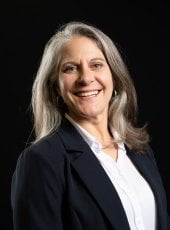
Laura Bulleit
- Vice President for Student Affairs
- lbulleit@mtu.edu
- 906-487-2212
- Administration Building, Room 130
Kellie Raffaelli, EdD
- Associate Vice President for Student Affairs
- Dean of Students
- kraffael@mtu.edu
- 906-487-2212
- Administration Building, room 130

Polly Schaefer
- Assistant to the Vice President for Student Affairs
- pollys@mtu.edu
- 906-487-2212
- Administration Building, room 130

